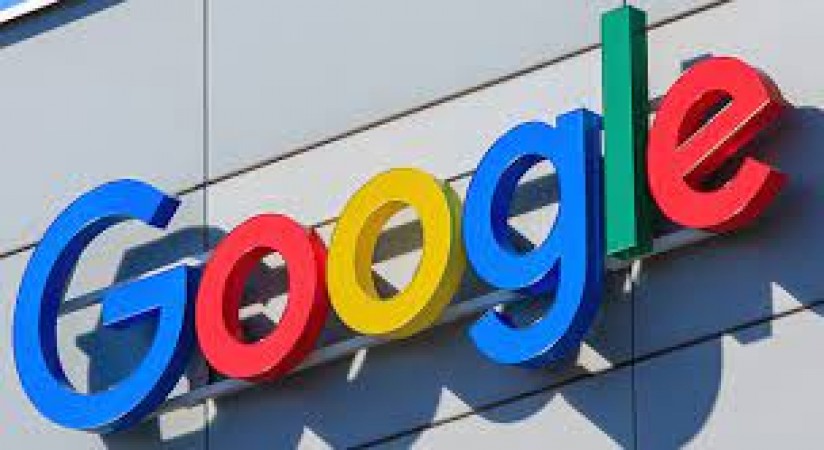
In a bid to align with the latest regulations set by the European Union (EU) regarding digital advertising, Google is taking significant steps to enhance transparency within its advertising ecosystem. With the new rules coming into effect, Google aims to provide users with clearer insights into the ads they encounter online, fostering a more informed and secure digital environment.
The Impact of EU Regulations on Digital Advertising
The EU has been at the forefront of advocating for greater transparency and user privacy in the digital realm. In this pursuit, it has introduced new regulations that directly affect how online platforms handle advertising. These regulations not only underscore the importance of user consent but also emphasize the need for platforms to offer concise and intelligible information about the ads displayed.
Google's Response: A Paradigm Shift
In response to the evolving regulatory landscape, Google is proactively revamping its advertising practices. The tech giant recognizes the necessity of transparency, not only to comply with the EU rules but also to reinforce user trust and satisfaction. With the digital ad space often fraught with ambiguity, Google's commitment to transparency marks a significant paradigm shift.
Clearer Ad Labels
One of the most noticeable changes users will experience is the implementation of clearer ad labels. Google plans to ensure that users can quickly distinguish between regular search results and paid advertisements. This differentiation eliminates confusion and allows users to make informed decisions about the content they engage with.
Access to Advertiser Information
Google also acknowledges the significance of knowing who is behind the ads. To this end, it will now provide users with easy access to the name of the advertiser. This empowers users to assess the credibility of the source and make choices that align with their interests.
Understanding Ad Targeting
Another pivotal aspect of Google's enhanced transparency efforts is providing users with insights into why a particular ad is being shown to them. By offering information about ad targeting factors such as demographic information and user behavior, Google helps users comprehend the logic behind ad personalization.
Control Over Ad Personalization
In line with the EU regulations, Google is heightening its focus on user consent. Users will now have more control over the extent to which their data is used for ad personalization. This shift signifies a significant stride towards giving users the autonomy to curate their online experiences.
Technical Complexities
Implementing these transparency measures is not without its challenges. Adhering to the new rules while ensuring seamless integration into the complex ad delivery system requires meticulous planning and technical finesse. Google's engineers and developers are working tirelessly to address these complexities.
Collaboration with Advertisers
Google recognizes that these changes impact advertisers as well. It aims to collaborate closely with advertisers to ensure a smooth transition. This partnership will enable advertisers to adjust their strategies to align with the new transparency-focused landscape.
A Positive Trajectory for Online Advertising
While these changes might initially disrupt established practices, they signify a positive trajectory for online advertising as a whole. By fostering transparency, Google is contributing to the creation of a digital space where users can confidently engage with content that resonates with their preferences.
User Empowerment and Trust
Ultimately, these transparency measures underscore Google's commitment to user empowerment and trust. As users gain more control over their online interactions and become better informed about the ads they encounter, the digital landscape stands to become safer, more enjoyable, and conducive to meaningful connections. As the EU's new rules for digital advertising take effect, Google's dedication to enhancing transparency stands out as a pivotal development. By introducing measures such as clearer ad labels, increased access to advertiser information, and user control over ad personalization, Google is shaping a future where online advertising respects user autonomy and fosters a deeper sense of trust. This shift not only aligns with regulatory requirements but also reflects Google's commitment to creating a digital ecosystem that prioritizes user well-being and informed choices.
iPhone 15 Series Launch: What To Expect From Apple
Inverter Fridges vs. Traditional Refrigerators: Unveiling the Ultimate Cooling Battle
Unveiling the Secrets of Skin Tightening: Your Guide to a More Radiant You